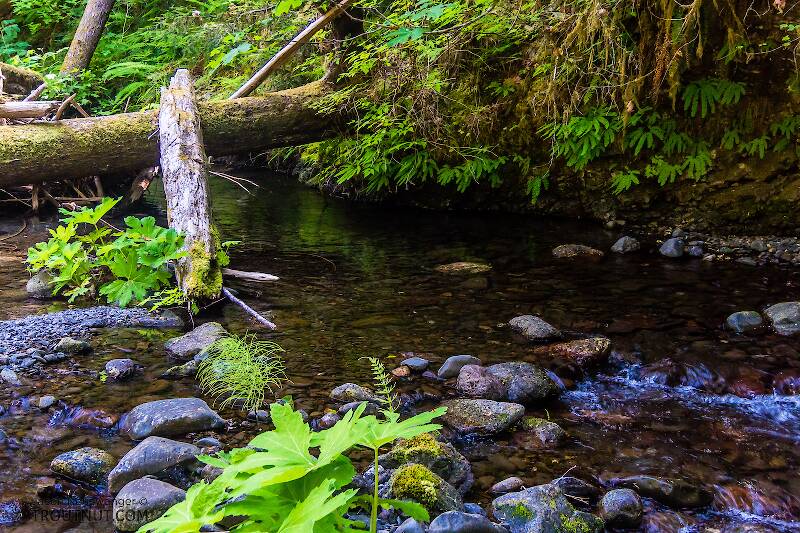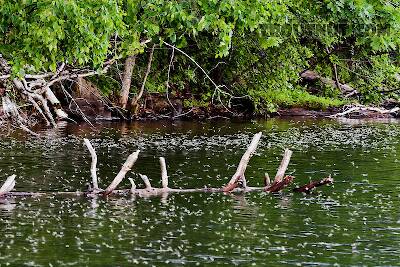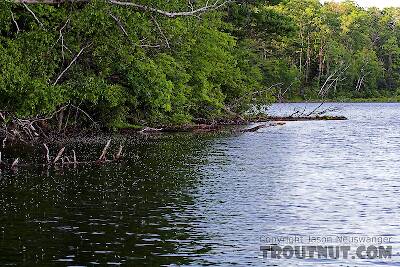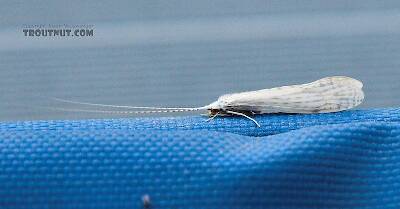
Salmonflies
Pteronarcys californica
The giant Salmonflies of the Western mountains are legendary for their proclivity to elicit consistent dry-fly action and ferocious strikes.
Featured on the forum

Troutnut is a project started in 2003 by salmonid ecologist Jason "Troutnut" Neuswanger to help anglers and
fly tyers unabashedly embrace the entomological side of the sport. Learn more about Troutnut or
support the project for an enhanced experience here.
Caddisfly Genus Nectopsyche (White Millers)
The common name White Miller is usually applied to this entire genus, although it was created for the very prolific species Nectopsyche albida. Some of the other species are darker-colored.
Most of the adult activity, both emergence and egg-laying, takes place during the middle of the night. There is some rare overlap with the low-light hours of dusk and dawn, but this genus really belongs to the night fishermen.
Most of the adult activity, both emergence and egg-laying, takes place during the middle of the night. There is some rare overlap with the low-light hours of dusk and dawn, but this genus really belongs to the night fishermen.
Where & when
Time of year : Late July to mid-August in the Upper Midwest
In 478 records from GBIF, adults of this genus have mostly been collected during June (30%), July (25%), August (20%), May (11%), and September (6%).
In 167 records from GBIF, this genus has been collected at elevations ranging from 59 to 11401 ft, with an average (median) of 3287 ft.
Genus Range
Egg-Laying behavior
Time of day: Dusk to nighttime
Larva & pupa biology
Current speed: Slow
Substrate: Vegetation
Specimens of the Caddisfly Genus Nectopsyche
1 Adult
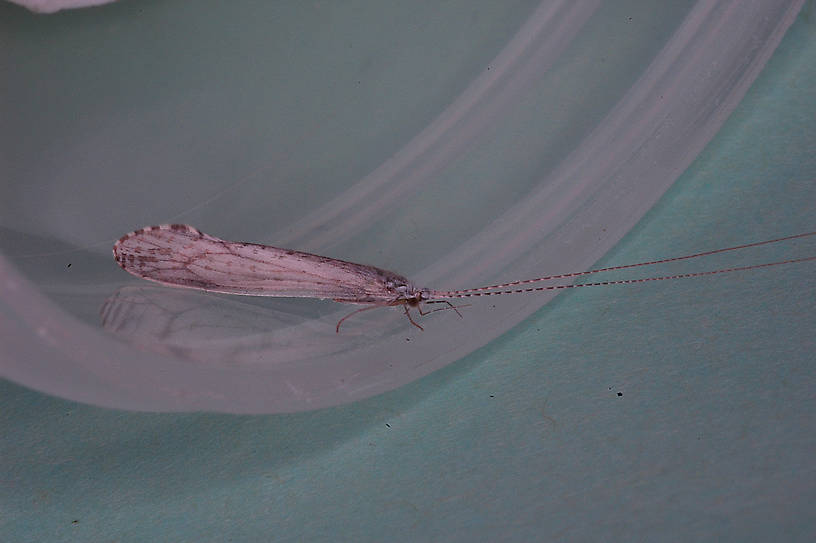
This is Nectopsyche lahontensis.
3 Streamside Pictures of Nectopsyche Caddisflies:
Discussions of Nectopsyche
Moved from genus level to N. albida
Posted by Entoman on Jun 15, 2014 in the species Nectopsyche albida
Last reply on Jun 15, 2014 by Entoman
It is my understanding that wing maculation is quite distinctive and consistent in this genus thus allowing species identification using this character. This specimen has been at the genus level for many years and somehow slipped through the cracks.;)
White Miller Bug
3 replies
Posted by MIKE54 on May 3, 2013 in the species Nectopsyche albida
Last reply on May 4, 2013 by Adirman
Where did the name "White Miller" come from, for the caddis bug in the warm Yellowstone waters? I am not interested in the east coast mayfly with the same name. Thanks, Mike Miller.
Start a Discussion of Nectopsyche
References
- LaFontaine, Gary. 1981. Caddisflies. The Lyons Press.
- Swisher, Doug and Carl Richards. 2000. Selective Trout. The Lyons Press.
Caddisfly Genus Nectopsyche (White Millers)
Taxonomy
11 species (Nectopsyche candida, Nectopsyche coloradensis, Nectopsyche gracilis, Nectopsyche lahontanensis, Nectopsyche minuta, Nectopsyche paludicola, Nectopsyche pavida, Nectopsyche spiloma, Nectopsyche stigmatica, Nectopsyche tavara, and Nectopsyche texana) aren't included.

